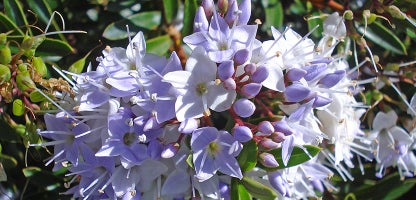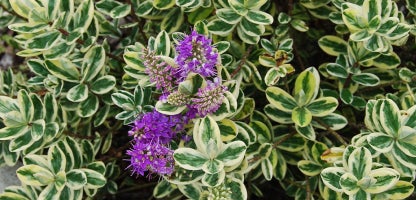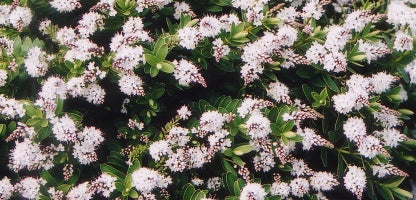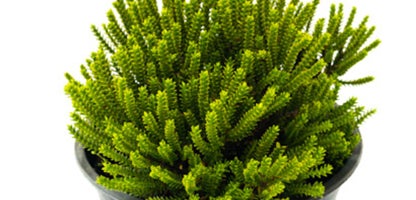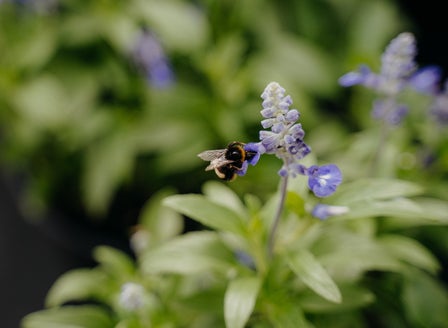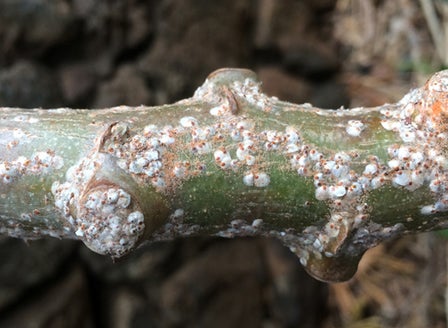Hebe is New Zealand’s largest genus of flowering plants, with over 100 species and varieties, available in a range of forms and flower colours. They are a hardy shrub, great for borders, containers, hedges, and of course, native gardens.
Planting Calendar
Hebes can be planted all year round.
Prepare
Position
Hebes are best grown in a sunny position where they get a minimum of 6 hours of full sun, although they will tolerate a small amount of filtered shade. Hebes prefer plenty of air movement.
Soil
When planted into the ground Hebes likes a free draining soil that is rich in organic matter. To improve the organic content in your soil, break up the soil and add Kings Compost and Kings Sheep Pellets then mix together well. When growing in containers, plant into Kings Container mix. This mix contains added water storage crystals and Saturaid, two products that help maintain moisture in the soil.
Plant
Gently tap the plant out of its pot. Dig a hole twice the size of the root ball. Back fill the hole mixing in Kings Compost and Sheep Pellets into your soil, so that the top of the plant's roots are level with the surrounding soil. Firm the soil down gently and water in well with Aquaticus Garden Booster. In heavier clay soils, where drainage is likely to be an issue, plant into a slight mound and sprinkle Gypsum Clay Breaker into the bottom of the hole, to help slowly condition the soil.
Care
Expert Tip
Trim hebes back by up to a half after flowering to encourage new growth and create a bushy plant
Top Varieties
Frequently Asked Questions
What are Hebes?
Hebes are a diverse group of evergreen shrubs native to New Zealand. They are known for their attractive foliage and vibrant flowers, which come in various colours like white, pink, purple, and blue.
When is the best time to plant Hebes?
The best time to plant Hebes is during the cooler months of autumn or early spring. This allows the plant to establish roots before the heat of summer.
How often should I water Hebes?
Watering is essential especially in the first year of planting to allow the roots to get well established. Water slowly allowing the water to sink down into the roots, rather than allowing it to run off the top of the soils surface. Add Saturaid into the soil at planting as this will help channel the water deep down into the root zone. Consider setting up an automatic watering system – these can be simple and inexpensive.
Do Hebes require pruning?
Remove spent flowers to encourage new buds to from.
How do I fertilise Hebes?
When planted in the ground liquid feed every month with Aquaticus Garden Booster, from Spring through to the end of Autumn, this encourages root growth and increases the microbial activity in the soil. Monthly applications of Kings Sheep Pellets will help with soil conditioning and plant health.
